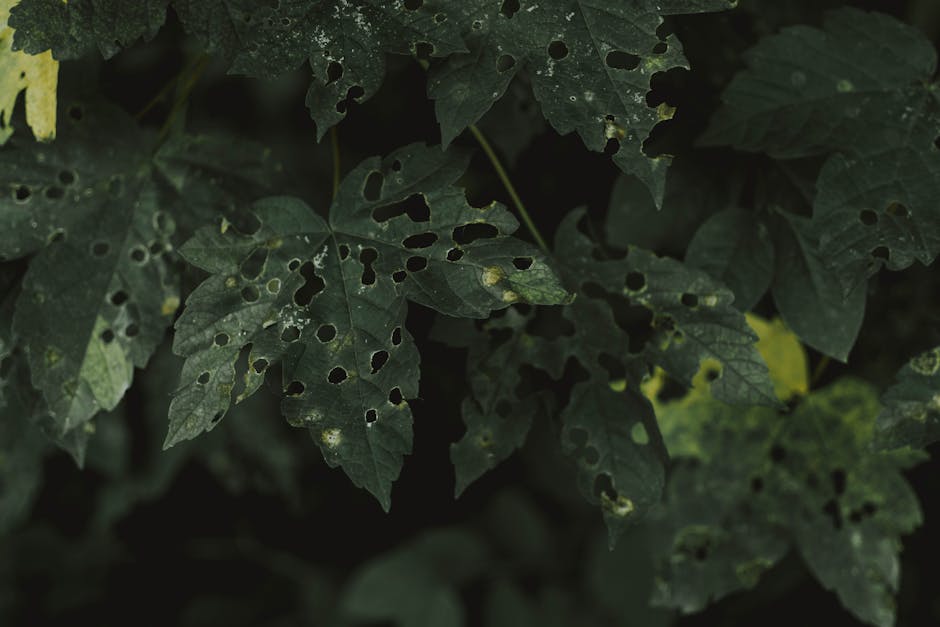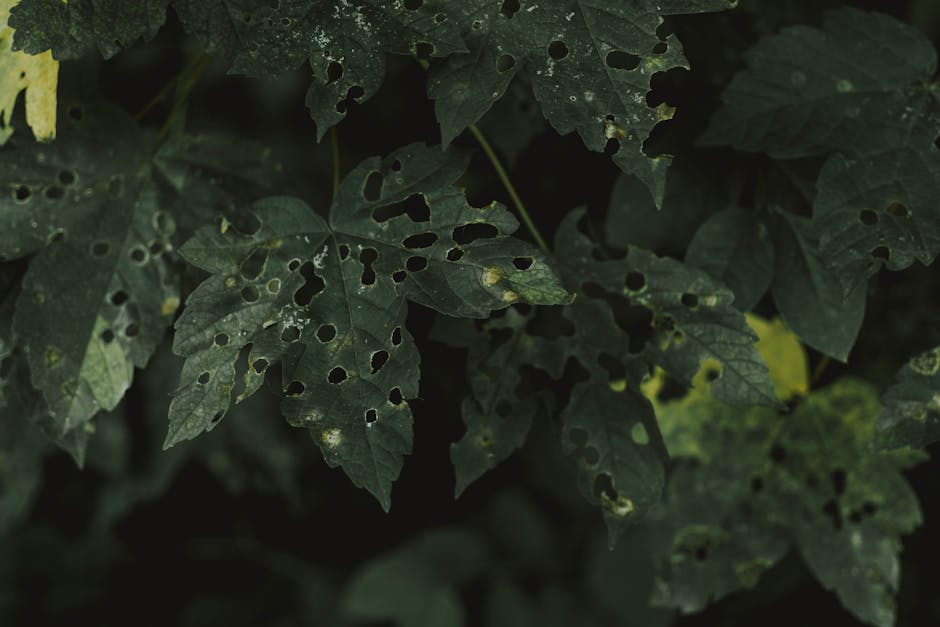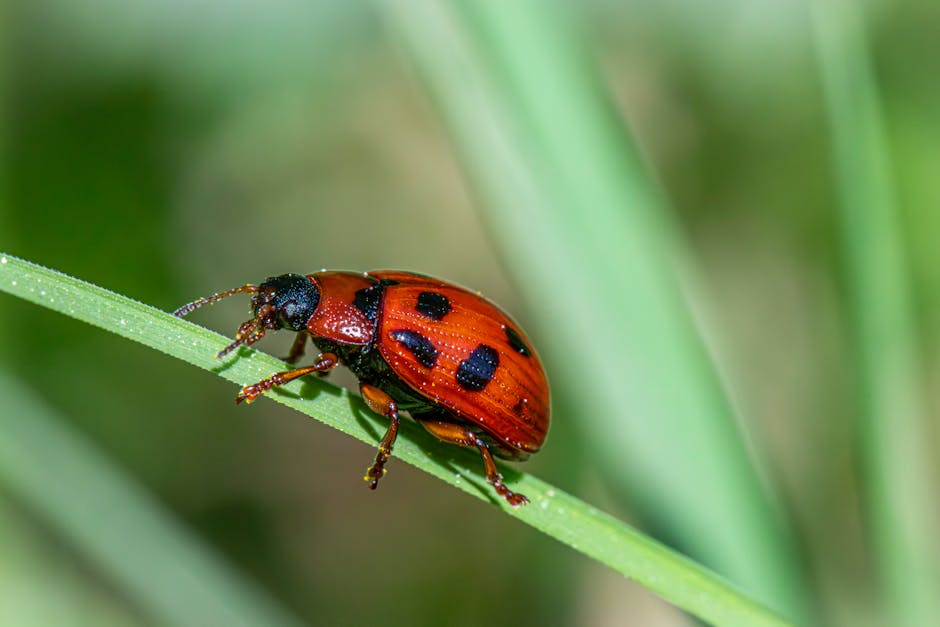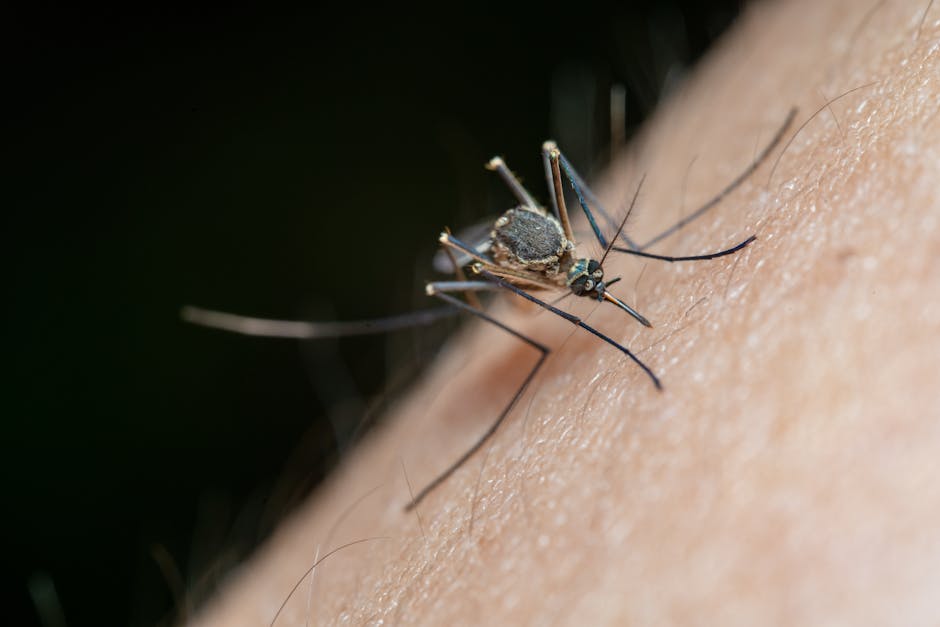Discovering a wasp nest near your home can be alarming. Not only are these insects a nuisance, but their stings can also be dangerous to those with allergies. Traditional methods of wasp control often involve harsh chemicals that can harm both the environment and your health. This blog explores the benefits of using chemical-free wasp deterrents, providing a safer alternative for you, your family, and the planet.
Understanding Wasps and Their Role in the Ecosystem
While wasps often get bad press for their stinging reputation, they play a crucial role in our ecosystems. Predatory wasps help control pest populations, reducing the need for chemical pesticides in gardens and farms. They also act as pollinators, contributing to the health of many plant species. Recognizing the ecological benefits of wasps helps us approach wasp control with respect for their role in nature. An informed perspective allows us to choose deterrent methods that protect both wasps and humans.
Understanding the behavior of wasps can also lead to more effective, chemical-free deterrent strategies. For instance, wasps are territorial creatures; they’re unlikely to build a nest if they believe another colony exists nearby. By mimicking the presence of a wasp nest through decoys like Best Bee Brothers Wasp Deterrent Hives, homeowners can discourage new colonies from settling near their living spaces. This insight into wasp psychology provides a foundation for non-toxic management approaches, aligning our actions with the natural world rather than resorting to harmful chemicals.
The Risks Associated with Chemical Wasp Deterrents
While chemical wasp deterrents offer a quick fix, they come with a heavy price. The use of pesticides can lead to a range of environmental issues, including the contamination of soil and water supplies. Moreover, these chemicals can inadvertently kill off beneficial insects, such as bees and other pollinators, further disrupting local ecosystems. The health risks to humans and pets are also significant, with potential reactions ranging from skin irritation to more severe respiratory problems. The pursuit of safer alternatives is essential, prompting the exploration of chemical-free options.
The hidden costs of chemical deterrents extend to economic consequences. As beneficial insect populations decrease, the balance of local ecosystems is upset, potentially affecting crop yields and necessitating even more chemical interventions. This vicious cycle highlights the importance of considering long-term impacts when choosing how to address wasp problems. Investing in chemical-free solutions not only protects health and the environment but can also lead to savings by reducing reliance on costly chemical treatments.
Natural Wasp Deterrents: An Overview
Among the myriad of natural alternatives, certain plants have been recognized for their wasp-repelling properties. Lavender, peppermint, and eucalyptus, for example, emit strong scents that wasps find unwelcoming. Planting these around your home or utilizing essential oils can serve as an effective deterrent. Another approach involves using traps made from household ingredients to capture wasps without harming them or the environment. These methods respect the balance of nature, offering solutions that are both effective and ecologically sound.
How to Make Your Own Chemical-Free Wasp Deterrent
Creating a chemical-free wasp deterrent is simpler than you might think. A popular DIY option involves a mixture of water, sugar, and vinegar. This concoction, when placed in a specially designed trap like Best Bee Brothers Glass Wasp Traps, can lure wasps without attracting bees. The design of the trap prevents wasps from escaping, effectively reducing the population around your home. Such homemade solutions demonstrate the power of simple, accessible ingredients in managing pest issues in a way that guards both health and habitat.
Another approach is to utilize the deterrent effect of certain colors and patterns. Wasps are naturally averse to flying into tight spaces, and research suggests that they’re also discouraged by specific colors and patterns, such as those found in commercially available wasp decoys. Creating similar patterns with materials you have at home, or even painting parts of your outdoor space, can be an innovative and aesthetically pleasing way to keep wasps at bay.
Tips for Preventing Wasp Nests Around Your Home
Preventing wasps from establishing nests near your home starts with regular checks for early signs of nest building. These pests prefer undisturbed locations such as eaves, sheds, and even hollows in trees. By sealing off potential entry points and removing abandoned nests, you can make your property less inviting. Additionally, maintaining cleanliness, especially by covering trash cans and removing food sources, can significantly reduce wasp attractions. Integrating these preventative measures into your routine minimizes the need for any deterrents, chemical or natural.
The Importance of Bee and Wasp Conservation
While the focus of this blog is on deterring wasps, it’s crucial to remember the importance of conservation. Bees and wasps play vital roles in pollination, biodiversity, and the overall health of ecosystems. Chemical-free deterrents allow us to protect ourselves from the inconvenience and danger of wasps while also respecting these insects’ ecological functions. By choosing methods that minimize harm, we support the continuity of these species and their beneficial activities, sustaining the delicate balance of our natural world.
Choosing a Healthier, Greener Future
Embracing a chemical-free approach to wasp control is not just a step towards protecting ourselves and our loved ones, but it also signifies a commitment to guarding our environment against unnecessary harm. By choosing natural wasp deterrents, we contribute to a healthier ecosystem, reduce the risk of adverse reactions in both humans and pets, and encourage biodiversity in our gardens. Let’s make a conscious choice to deal with wasps in a way that is kind to both humanity and nature.










Leave a comment
All comments are moderated before being published.
This site is protected by hCaptcha and the hCaptcha Privacy Policy and Terms of Service apply.